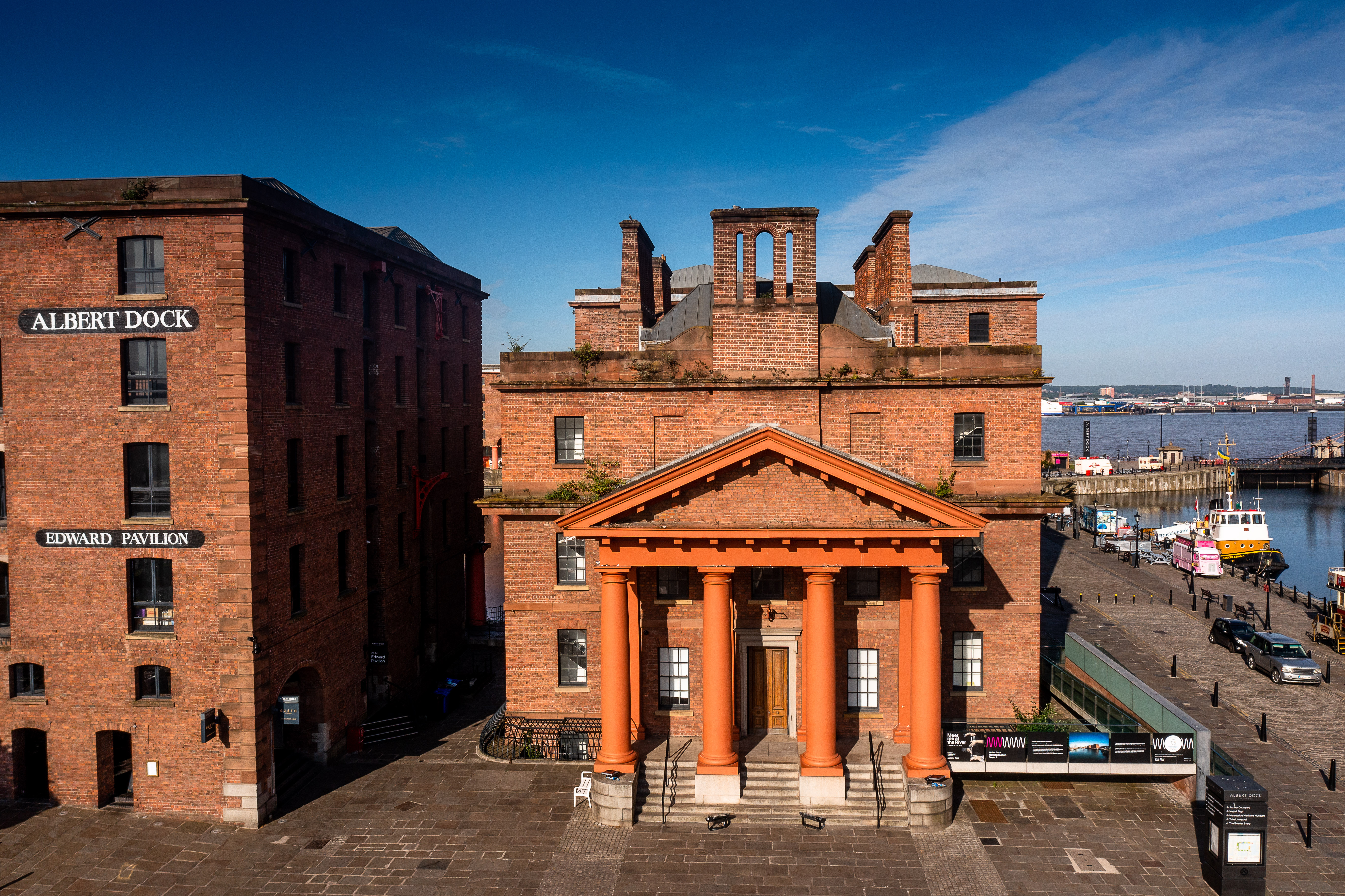University of Liverpool School of Architecture to Lead £58m Transformation of Liverpool Museums
The University of Liverpool School of Architecture will be working with world-renowned design firm Feilden Clegg Bradley Studios (FCBStudios) on the design of a £58m major redevelopment of the International Slavery Museum and Maritime Museum.
Today (Tuesday 23 January) National Museums Liverpool announced FCBStudios will develop the proposals for the Dr Martin Luther King Jr building and the Hartley Pavilion, as part of the Waterfront Transformation Project, a project which will revitalise the space between the Royal Albert Dock and Mann Island.
FCBStudios will be working with the University of Liverpool School of Architecture in facilitating the co-production of the designs.
The team will include Head of School, Professor Ola Uduku, the school’s most recent professorial appointment Professor Ilze Wolff, who is also a distinguished South African architect and founding partner of Wolff Architects, as well as EDI specialist, and architectural PhD candidate Kudzai Matsvai.
All three women have extensive experience of teaching, research and creative practices around the issues of gender, race, slavery, colonialism and imperialism and seek ways to transform society to be more equal, anti-racist and free.
Head of the Liverpool School of Architecture, Ola Uduku said: “I’m delighted that the School of Architecture are involved in such a ground-breaking transformation of Liverpool’s waterfront. We look forward to working with partners at FCBStudios and NML to be a part of this historic redevelopment.”
The project will see the Dr Martin Luther King Jr Building become a prominent new entrance to the International Slavery Museum. The Hartley Pavilion will benefit from improved circulation for visitors with enhanced commercial facilities, including a shop, café, events spaces and a dynamic temporary exhibition space.

Dr Martin Luther King Jr building (c) Ant Clausen
The transformed International Slavery Museum and Maritime Museum will centre people – past, present and future, local, national and international – to create dynamic, welcoming spaces that meaningfully address contemporary issues. The national collections of both museums will be elevated through this new redevelopment. Those whose lives have been most affected by the histories being told will play an integral role in the development of both museums.
Ralph Appelbaum Associates, who were appointed in 2022, continue to lead on the exhibition design for both museums.
Laura Pye, Director of National Museums Liverpool, said: “To be bringing two such visionary designers with international reputations to the project represents the bold ambition and thinking behind it. We are delighted they’re keen to embrace this as a co-production project which we feel will create something truly ground-breaking.
“There has never been a more important time to address the legacies of the transatlantic slavery and the redevelopment of the International Slavery Museum symbolises our, and our region’s, commitment to confronting the significant role the city played in British imperialism.
“Alongside the revitalisation of the Maritime Museum and the wider Canning Dock development, which will bring a renewed focus on Liverpool’s rich maritime history and communities, the project will create a holistic exploration of the heritage of the Liverpool waterfront, as well as a world-class visitor experience.”
The FCBStudios team will be led by partner, Kossy Nnachetta, who has been with the practice for 10 years, supported by Geoff Rich and Peter Clegg. Kossy is passionate about community design and has delivered several schools and community projects.
Kossy said: “FCBS are excited and humbled by the invitation to join the NML team and to lead the architectural transformation of these museums. We understand that there is huge responsibility to help create a platform to tell this story, long whispered, yet still awaiting the space to fully express itself; and all the potent, deep-seated emotions it can elicit. We hope to help create something bold and yet beautiful. The result of ‘many hands’ working together with the museums and communities in Liverpool.”

